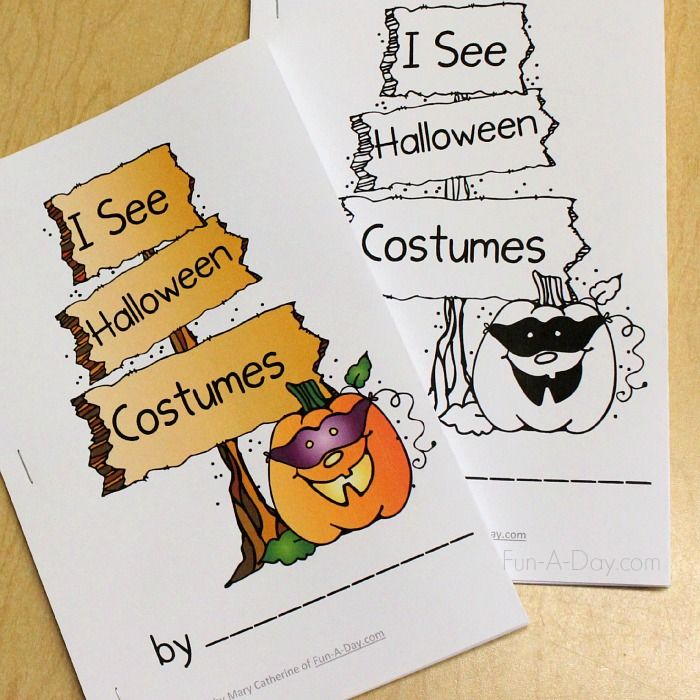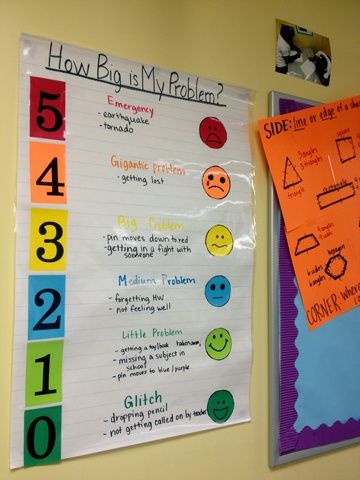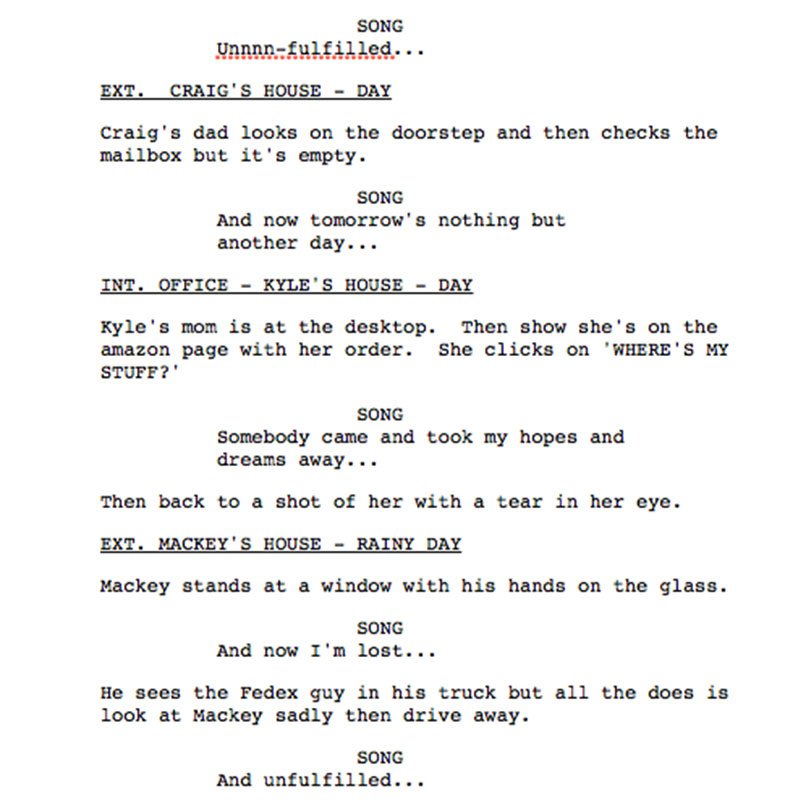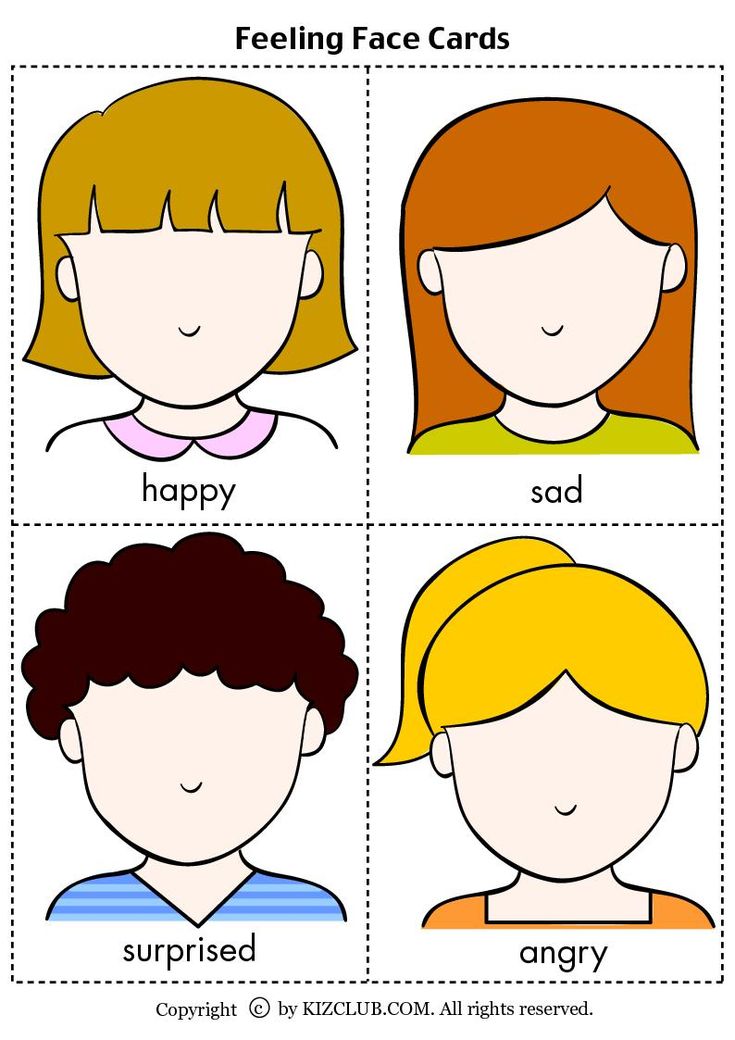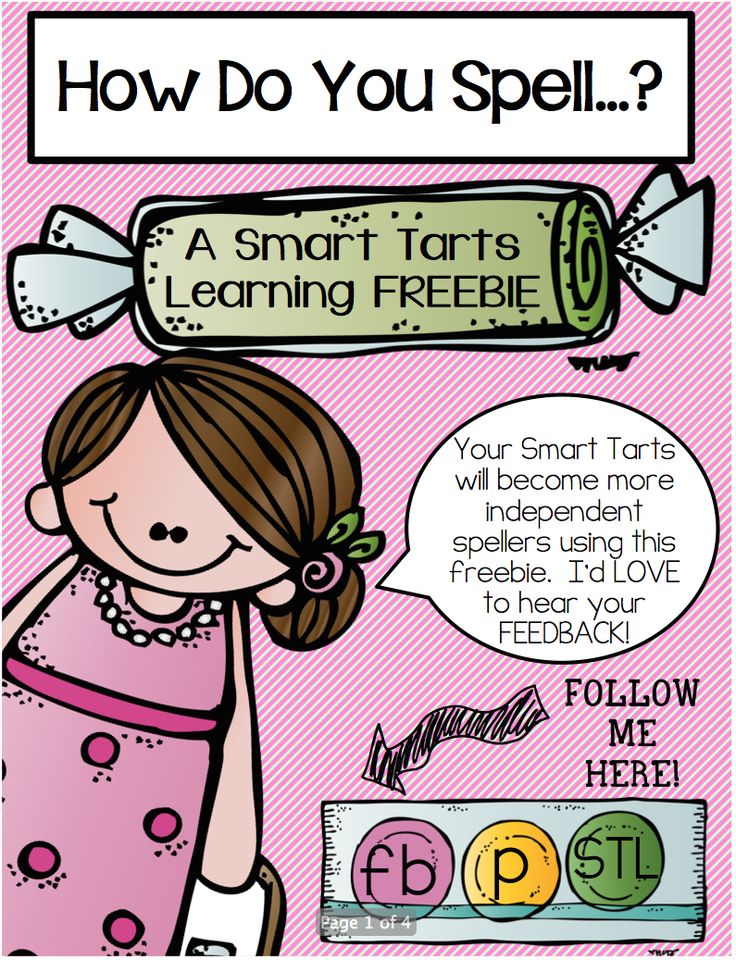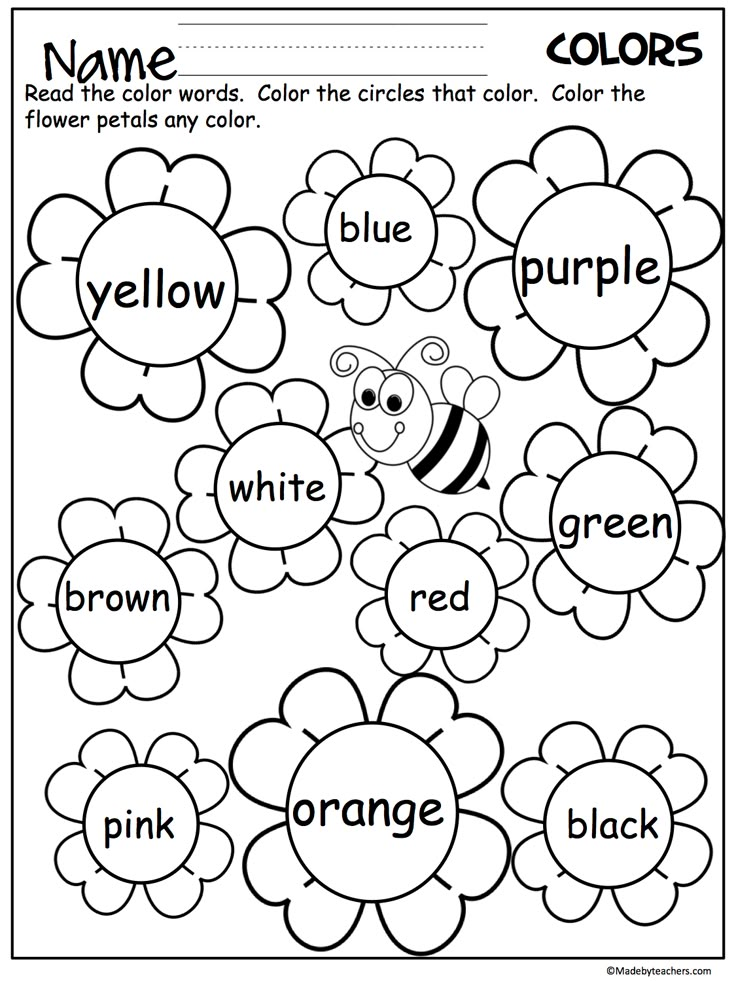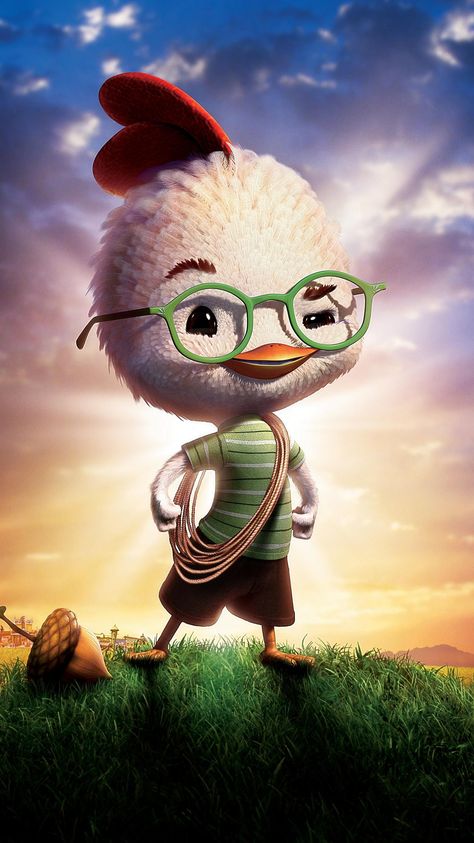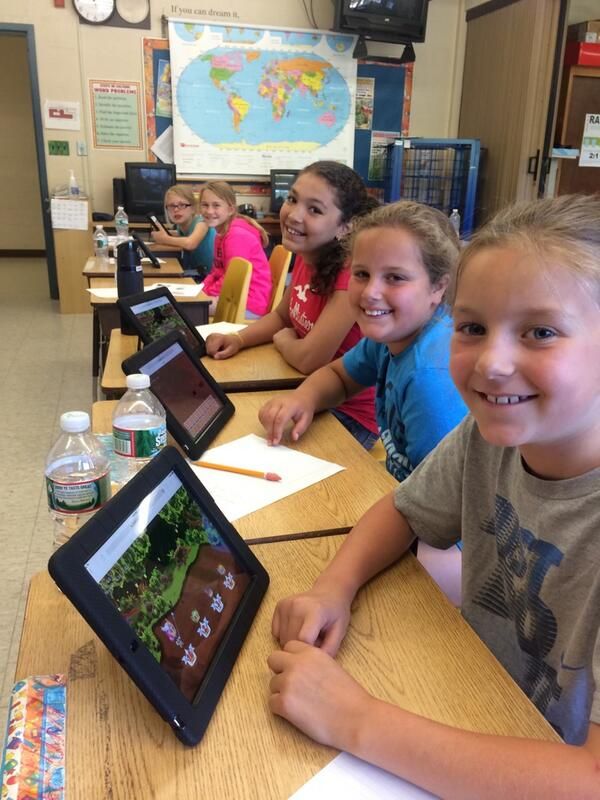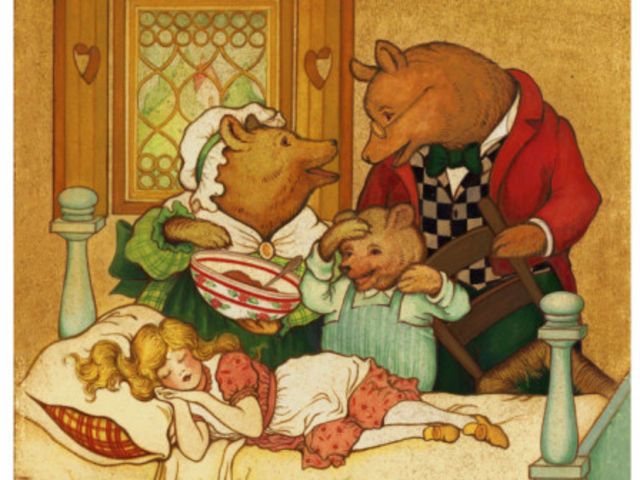Baby learns colors
When Do Kids Learn Colors? All In Good Time!
What age do kids learn colors can be a complicated question to answer. For children, learning colors is an involved process that takes time. To answer your question, we will provide some guidelines, milestones, and color activities to support your child's color learning.
So when do kids start learning colors? Early! Babies begin to observe color as early as four months. Do you recall how your baby was drawn to bright colors? This natural attraction is why so many children's clothing and toys are brightly colored. By visually stimulating their interest in color early, helps their ability to recognize the colors later.
Color Learning For Toddlers
You might be asking, at what age do toddlers learn colors? No toddler is the same, but typically by 18 months, they will be able to recognize some colors. Yet, as with other developmental milestones, this timing will vary by child. Toddlers begin to grasp the world of color over time and at their own speed.
Although they have started to see the color differences, it takes a while for them to understand and complete activities based on color, such as sorting and matching.
Do not be concerned if your toddler uses the color words but does not correctly match them with an object as this is part of the learning process. For instance, your child calls their green dump truck - "blue". Soon enough, the pieces will come together, and they will be able to match the color name accurately with the color.
Kids learn colors best through hands-on exploration, play activities, and everyday conversation. Color recognition and knowledge take practice. Make it fun and part of their daily activities. Start by asking your toddler to find colors non-verbally. For example, while at the park, you might say, "Do you see a blue ball?" and wait for them to point to it. If they are wearing red shoes, ask them if they see anything else the same color. With their limited language skills, they probably cannot name the color verbally, but you might be surprised to find they can identify it.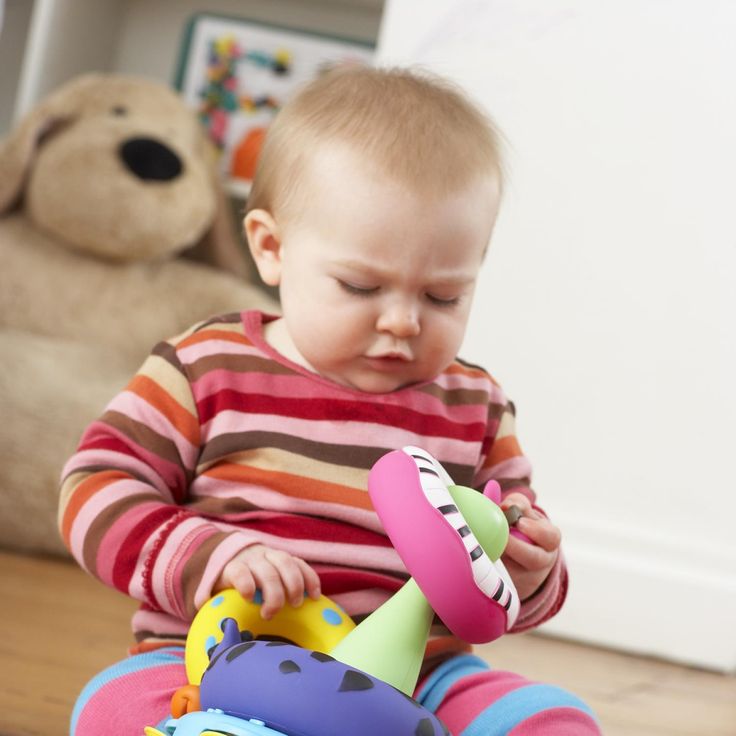
When Should Kids Know Colors?
As your youngster approaches three years of age, the concept of color begins to take shape. You will want to continue to ask questions like, "Can you show me the blue triangle?". As they start to name the colors, you can reverse the process. You might point to an object and ask, "What color is this block?" Should they miss one, don't pretend they are right or say, "That's wrong." Instead, in an encouraging tone, say the correct color.
Most kids will know at least one color by age three and by mid-year may be able to name more while most 4-year-olds know and can point to even more colors. It is essential to keep adding fun color activities and references in everyday chats. For example, "What color shoes do you want to wear to the library?" or "Let's find your yellow pants?" When reading a book, you might ask, "What color is the flower?" or "Can you find the green car?"
Kids learn colors at their own speed. Some will first master the matching; others might be able to identify the color by pointing. In contrast, others may be able to use the color name but not associate it with the correct color. Don't worry! It will all come together in time.
In contrast, others may be able to use the color name but not associate it with the correct color. Don't worry! It will all come together in time.
Color And Learning
Sometimes children may appear to know their colors more than they genuinely do. Often kids associate the color with the noun object. It becomes important to expose them to various items of the same color and vice versa. For instance, if your child is working on the color green, then present them with a green square, a green ball, and a green crayon. Next time reverse it and use a green square, a red square, and a blue square to see if they can identify the green from the other colors. If you always use the "green square," it becomes difficult for the child to separate the object name (square) from the color name (green).
Language skills also influence the rate at which kids learn their colors. Some may know color words but do not understand how to match them correctly. Children not only need to learn the color names but also how to identify and match them. If you said show me something blue, they should be able to point to it. They should also be able to find many items in the same color, like a red ball and red crayon. Finally, if you asked what color the square is, they should be able to name the color.
If you said show me something blue, they should be able to point to it. They should also be able to find many items in the same color, like a red ball and red crayon. Finally, if you asked what color the square is, they should be able to name the color.
As your child gets to know their colors, you may want to mix things up. Try using the color words both before and after the object. For example, "This is a red ball, or the ball is red.". This simple change helps them to grasp the meaning of color better. If you are confident that your child has a good understanding of their colors, try using the wrong color and let them correct you. For instance, say, "Wow, those are pretty pink flowers!" and they will likely correct you and say, "That's crazy, those flowers are orange!"
Color Milestones
Some parents might become concerned about whether their children are developing on schedule. Remember that learning color can be a difficult concept and requires time. Be patient! If it helps ease your mind, use the milestone that by age three, they know at least one color and several by age four.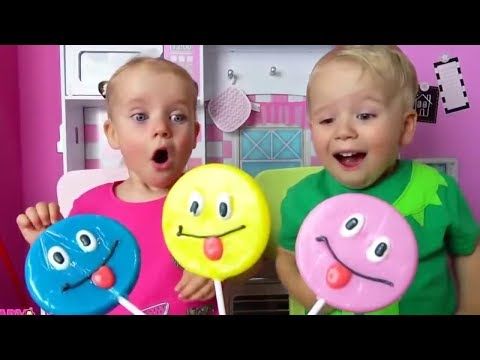
Also, if you notice your four-year-old names the same color consistently incorrect, like calling a purple marker blue or is having trouble learning specific colors, talk to your child's doctor. They can determine if your child should be tested for color blindness before they start school. That way, teachers and parents can develop a plan, so it does not interfere with learning.
Color Activities
We live in a color-filled world, so it is easy to expose your child to the concepts of color. Children can begin to build color skills by becoming aware of the colors in their surroundings. For example, when you are out, think about the color of the signs, vehicles, buildings, or landscape. Point out things like the green grass, the red stop sign, the blue building, or the yellow car.
Also, below are some exciting hands-on color activities for kids to expose your child to the world of color.
Color Matching GamesTypically, one of the first color skills learned is color matching.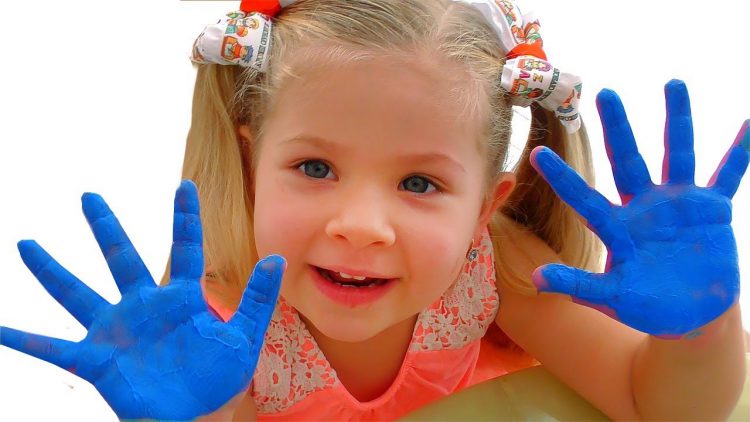 Ironically, this coincides with their ability to observe sizes, shapes, and textures, which at times may confuse the color learning process.
Ironically, this coincides with their ability to observe sizes, shapes, and textures, which at times may confuse the color learning process.
Color Hunt
This activity involves placing objects of one color (say blue) around the room. Then give your child a matching colored basket and let them hunt for things that are blue to put in the basket.
Rainbow Blocks Matching
One easy way to encourage color matching is to take colored sheets of paper and place them on the floor. Then have your child take their rainbow blocks and place each one on the matching sheet of paper. Start with one or two colors until they master the idea then add more.
Color Sorting ActivitiesSorting is another form of matching. Children naturally love to sort and organize things.
Group By Color
Have them group multiple items by color, like a green apple with a green rubber frog, or a blue crayon with a blue block. This activity reinforces the separation of the color name and the noun object.
Find The Colored Blocks
Another entertaining way to get the kids involved is to ask them to find all the "red blocks" and put them on the shelf or in the basket. Each time choose a different color. This activity isolates your child's focus on one color at a time.
Sorting Blocks (Or Socks!)
Grab some multi-colored blocks and have your child divide them by color into piles. Youngsters love to help, so you could also have them separate and pair socks by color. These activities help strengthen the concepts of color.
Color Pointing ActivitiesTry "pointing to colors" games. These activities are great for mastering their colors anywhere and at any time.
I Spy
Using the "I Spy" format, you can ask your child to point out different colors. For instance, you could say, "I spy with my little eye, something that is red," then wait for your child to point to something red. This game is enjoyable with no pressure and helps them increase their color understanding in real-life settings.
Grocery Store Point
While grocery shopping, your child can point to and name the color of the items you place in your cart.
Color Naming ActivitiesOnce your child has begun to grasp the matching, sorting, and pointing ideas, you can try some color naming activities. To start learning color words, focus on two to three (primary or secondary), adding more as they become proficient.
Color Books, Puzzles, and Board Games
These activities help solidify their color naming skills while spending some quality time together.
Color Hop
This activity is fun, whether you are inside or out. If outside, draw some colored circles using chalk. If you are playing indoors, you can use colored paper or carpet tiles to create some squares.
Next, play some music while the kids hop from one color circle or square to another. When the music stops, have each child name the color of the circle or square they landed on. This game helps them separate the shapes from the colors.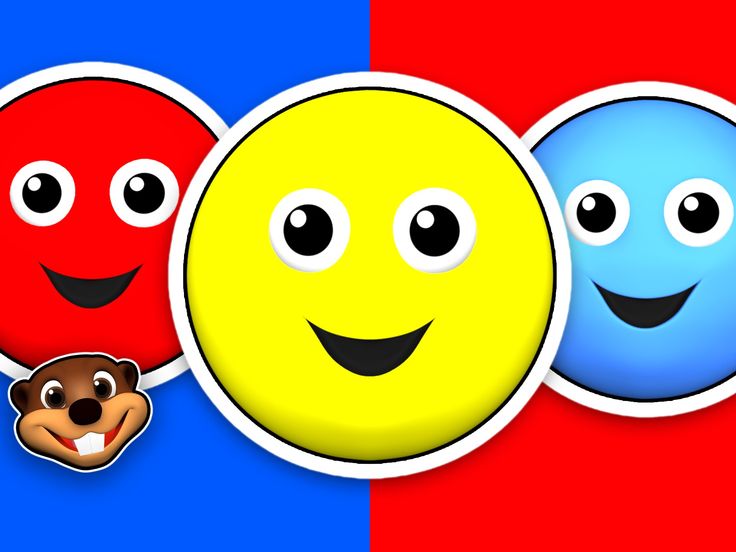
With preschoolers, you can begin combining colors to see what happens while expanding their color knowledge.
Playdough Color Mixing
Playdough makes an ideal first medium for color mixing activities. Make some playdough in a variety of bright colors. Then together experiment by blending different colors.
Start with primary colors and ask, "What do think will happen if we mix the blue and the yellow?".
Color Mixing Paint
Painting with your kids is an interactive way to immerse them into understanding colors. Start with a single primary color and work your way up to multiple colors.
As you add more colors, begin mixing them and forming new colors. Add some bling to the project by including items, like glitter, pom-poms, and colored craft sticks. Let them freely explore their imagination and creativity.
Color Games For KidsHere are a few lively color learning games to play and explore color, whether outside or in.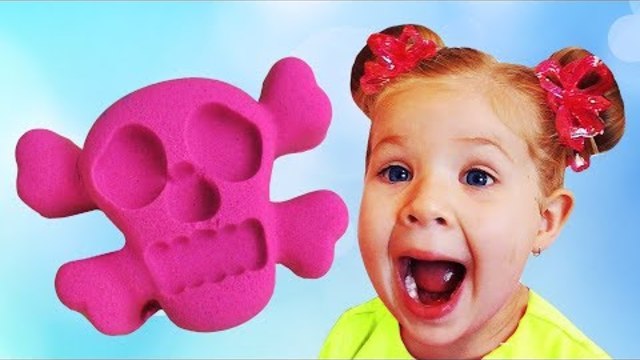
Color Relay
Fill two large buckets with various colored blocks. Then call out a color and have the kids run down to the bucket, grab the correct colored block to bring back to you.
If it is a hot day and you want to mix it up and add some water play. Simply fill the buckets with colored water balloons that they can break and splash when grab the correct colored balloon.
Color Scavenger Hunt
Draw or attach colored squares to the front of white paper lunch sacks. Choose how many and which colors, depending on the age of the kids. Use a few primary colors for younger children.
For older kids, you can add secondary colors, black, white, and brown. Then send them out into the yard to collect items in their bag that match the colored squares.
The idea is to find at least one thing for each color. Then gather in a circle, having each child match and share what they found for each color.
Red Light, Green Light
This game is quick and easy, using colored sheets of paper in red and green. Hold up the green sheet, and have the children start walking towards you. When you hold up the red, they have to stop. The goal is to make it to you first.
Hold up the green sheet, and have the children start walking towards you. When you hold up the red, they have to stop. The goal is to make it to you first.
There you have it. Learning colors can be a lot of fun for all ages. While there is no absolute timeline, we did provide a few guidelines to help you answer the question, "When do kids learn colors?" For some enjoyable color sorting, matching and mixing grab a set of Wooden Blocks for Toddlers - Rainbow Blocks, Jr.
9 Simple Ways to Get Your Toddler to Learn Colors
97 shares
- Share
- Tweet
Once your child has reached the big milestone of turning 1, you’ll notice they become little sponges of information. They start walking, talking, and being so much more independent now that the baby stage is long gone.
Around this age is when you can start introducing them to colors. It’s important for a child to start hearing words often in order to remember it.
Even though they probably won’t be able to fully understand and retain the concept of colors until around 18 months, it’s a good idea to start teaching it early on. This is when learning colors will start to make sense to them, just like learning names of objects made sense to them around the 1 yearmark.
Color matching (putting the red piece on the red spot) is one of the simplest forms of learning colors. It may occur first, along with recognizing and choosing colors when asked for them (handing you the red piece when you say give me the red piece). Lastly comes naming colors (being able to say red when asked what color is this?).
This post may contain affiliate links which I would receive a small commission should you make a purchase.
The key to your child learning colors is over-exposure. As I’ll talk about below, you want to give them tons of opportunities to hear you say the colors names, be asked the color’s names, and see them often.
Get A Year of Activities for Your Child FREE!
Sign up here to get an email every month with new and exciting crafts, activities, and printables for your children.
I started really introducing my daughter to colors around 16 months old and she got a grasp of the concept quickly. Here are some simple tips to teach your toddler their colors:
1. Start simple
Don’t overwhelm your toddler with too many colors at once. Focus on two at a time and then add more in as they become familiar with those.
Whenever you see those two colors, point them out to your child, but don’t label any other colors yet. For example, choose to teach your child red and green first. Whenever you see anything red or green, point it out. Give them only red and green objects at certain playtimes.
Clearly label and talk about the red versus green objects. Ask them to sort only objects that are red or green. Once they are familiar with red and green and the differences between those two, add in yellow. Of course they will see other colors while they play, but really try to only speak about the few colors that you choose.
Showing them less choices will help them to remember the colors easier.
Related post: Pom Pom Tube Drop: Toddler Fine Motor Activity
2. Use small, colorful objects for sorting
I love using fun, simple objects for learning colors and counting. Toddlers love little pompoms because of their softness and they’ll be excited to learn with them.
I like to group and sort them by color as my daughter puts them into their correct pile. If your child is just learning colors, naming the colors of each pompom works great too.
This Rainbow Counting Bears Sorting Toy makes a fun learning resource for introducing color recognition & basic mathematics concepts such as counting and addition. It can also be used for kids math and counting games for toddlers and great for developing fine motor skills with the tongs.
Have your toddler sort the bears into their same color cup. They can use their hands or tongs . They’ll also have a fun time using their imagination to make stories and games with the bears.
3. Distinguish contrasting colors
It’s best to use colors that are not at all similar to each other so you don’t confuse your toddler. Items that have contrasting colors will stick out more to them when they’re learning.
Items that have contrasting colors will stick out more to them when they’re learning.
For example, if you’re teaching colors side by side, don’t put blue and purple together, red and orange, red and pink, etc. Colors that pair well with contrast are red/green, blue/yellow, purple/green, and black/white. There are plenty more combinations to use.
Also, sometimes certain shades of a color will be closely related like a yellowish green will look similar to yellow or a turquoise could look closer to a green or blue. Try to stick to the basic primary colors when teaching them.
Check out our post on the Pompom Whisk Activity for Toddlers where you child can try a fun activity while also learning their colors.
4. Color puzzles
Puzzles are a great activity to develop language, cognition, and fine motor skills. My daughter loves the Melissa & Doug Colorful Fish Puzzle and is always asking to do it.
While we play, I verbally label each color as she puts the piece in the board so that she hears it over and over and can match the color name with what she sees.
Since this color puzzle is using all fish, your child won’t have to focus on the pictures or objects on the puzzle, but will be able to just pay attention to the colors. I think this was one of the best aids that taught my daughter her colors so early.
5. Use the same objects
The concept of colors may be a little difficult for babies and toddlers to understand because it’s a word typically used to describe something else. So far they have been learning words of actual things, like ball, car, mommy, milk, etc.
All items they can see or hold and names of these objects can make sense to them.
To get them to understand the concept of colors better, make sure you’re using two identical objects to point out the color differences. For example, don’t show your child a red car and a blue block because she will just think that you’re naming it differently because the object is different.
Instead, use a red car and a blue car to distinguish the differences.
This activity below works on color matching and sorting which are the first color activities your toddler will be able to do. We used MegaBlocks, but you can really use any blocks or toys that have different colors.
Simply put construction paper on the floor in the colors of the blocks and have your child match their toy to the colored paper. Read more about this activity here.
6. Label EVERYTHING with a color
This will help them to quickly build their language and vocabulary. Anything they see in their everyday world has a color. Make sure to verbally label objects with their names and colors as you see them, pass them, and give to them.
When you’re first starting to introduce colors, you may want to just label the colors on their own so they’re not confused by the color and the name. You’d be surprised how quickly children pick up these concepts and understand that you’re not naming the object, but just describing the color.
Related Post: Sticker Letter Activity: Letter Learning for Toddlers
7.
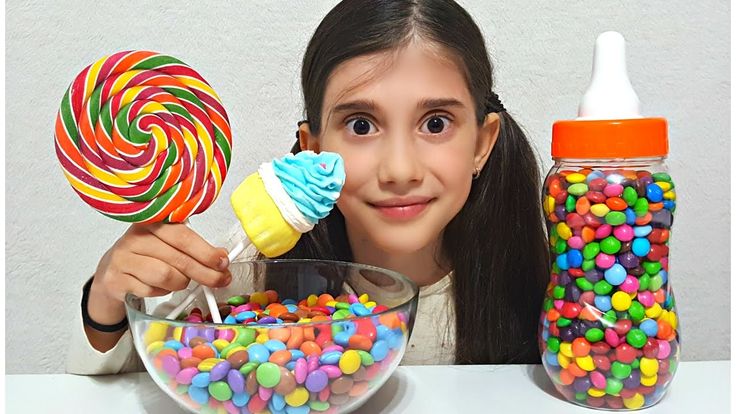 Color with crayons and markers
Color with crayons and markersColoring is a great skill for toddlers to develop fine and visual motor skills (coordinating their hands and eyes to perform a task). Have your child use crayons to scribble on paper and point out and label the colors that they use.
You can print out free blank coloring pages of their favorite characters or objects hereif using a blank paper gets boring to them.
For little hands, I highly recommend these finger crayons. They are perfect for tiny fingers to wrap around and promote a proper grasp around the crayon. Skinny or chunky crayons just don’t allow your young toddler to hold it the correct way and it will end up tiring them out quicker.
8. In their natural environment
Kids learn best in the context of their everyday environment. Point out the contrasting colors at:
- mealtimes (green beans, yellow corn, red raspberries)
- during dressing (blue shirt, black pants)
- during playtime (red blocks, blue balls)
- outdoors (blue sky, green grass, pink flower)
9.
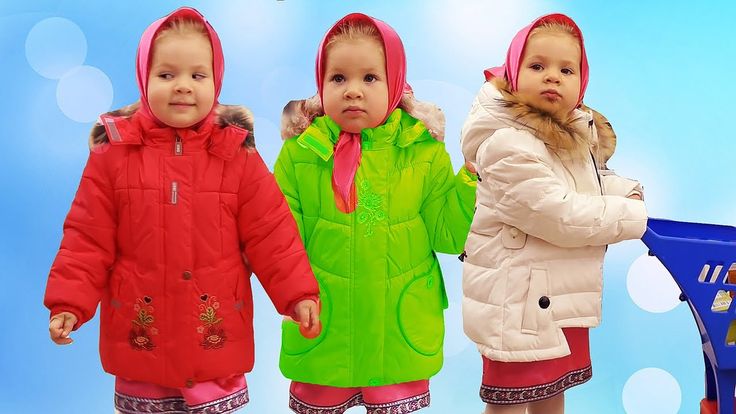 Fingerpainting
FingerpaintingSensory experiences where children are actively touching, tasting, hearing or smelling things are one of the best ways to teach your kids new concepts. Your toddler will love trying out their artistic capabilities by rubbing their hands on paper with finger paint.
By just getting 3 primary colors (blue, red, yellow) of finger paint, you can mix them until you make secondary colors (green, purple, orange).
Have your toddler rub their hands and fingers in the paint and just smudge it onto paper. Talk about the colors they are using and ask them what color is on their hands and on the paper.
You can make your own finger paint at home so quickly, which is safe and even edible for your child. Check out this post: Sensory Edible Finger Paint for the recipe!
Related Post: Edible Finger Painting Recipe
10. Songs and Videos
Toddlers and babies love to hear music. Whether it be songs on the stereo, mommy singing, or making their own sounds by shouting at the top of their lungs, they are drawn to it.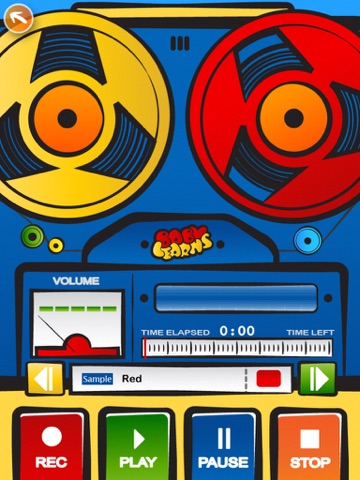
Using songs (especially with visuals) is a great way to teach your child new concepts. Putting words to music helps things to stick better in their brain and will give them a higher chance of learning the skill.
Here is a short video that can help your toddler to learn their colors by combining colorful graphics to a catchy tune. You can also make up your own songs and melodies to sing as you show them colors.
Even just saying the colors but having a little rhythm to it will help your child to remember the colors easier.
Related posts:
Learning colors: how to teach a child to distinguish colors and shades
It is generally accepted that by the age of three a child should learn to distinguish between primary colors.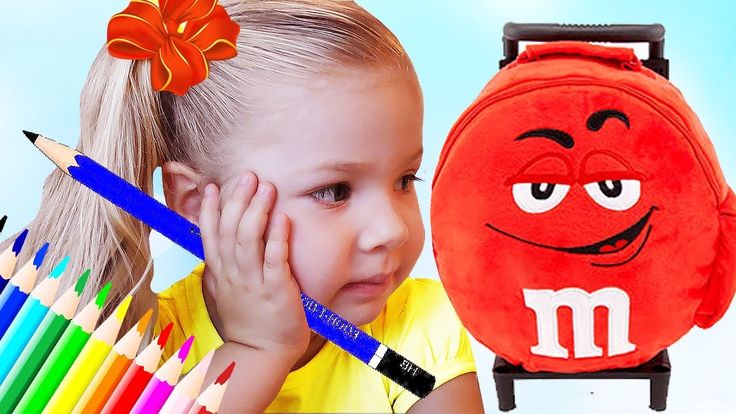 This skill is an important part of sensory development, it gives the child the opportunity to see the world in a new way. Often, if the baby does not know or confuse colors, parents have concerns about the pace of development of the child. Do I need to worry if the study of colors is not easy for a child? How to teach a child to distinguish colors? You will find answers to these questions in our article.
This skill is an important part of sensory development, it gives the child the opportunity to see the world in a new way. Often, if the baby does not know or confuse colors, parents have concerns about the pace of development of the child. Do I need to worry if the study of colors is not easy for a child? How to teach a child to distinguish colors? You will find answers to these questions in our article.
At what age does a child begin to see colors?
Studies have shown that children begin to perceive colors by 2-3 months. The first colors a child sees are yellow, orange, red, green. At this age, babies can already react differently to their toys of different colors (for example, a red rattle can please a child more than a blue one), look at bright pictures with enthusiasm. The baby's world quickly acquires colors, but if we talk about the ability to consciously find an object of the right color, then usually it appears in children at the age of one and a half. It is at this age that it is optimal to start learning colors in a playful way.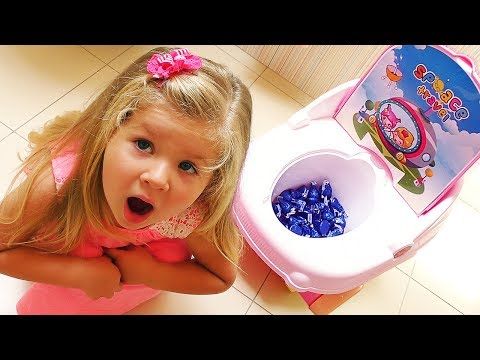 You can voice the names of flowers to a child for up to a year, this will only benefit him. But do not demand too much from the baby, remember that his brain is actively developing, and as soon as the time comes, you will certainly see the results.
You can voice the names of flowers to a child for up to a year, this will only benefit him. But do not demand too much from the baby, remember that his brain is actively developing, and as soon as the time comes, you will certainly see the results.
To see if your child is ready to learn colors by playing with building blocks, ask your child to point to a part that is the same color as yours. If the baby can find objects of the same color, then he is quite ready to memorize the names of colors.
Learning colors in everyday life
Children get most of their knowledge about the world in everyday life: communicating with adults and peers, observing nature, playing. The study of flowers is no exception. Sometimes a child does not need to do special exercises to learn to recognize colors. For this, it is enough that he hears the name of the color and associates it with a specific thing. During daily activities, voice for the child what color the objects are around. Whether you are drawing, playing with blocks, looking at cars in the yard, reading, swimming, eating, dressing - in each of these situations, you can gently teach your child to distinguish colors.
Whether you are drawing, playing with blocks, looking at cars in the yard, reading, swimming, eating, dressing - in each of these situations, you can gently teach your child to distinguish colors.
It is important that the study of colors does not turn into torture. You should not constantly test the child's knowledge by asking him which color is which. Soon the baby may just start to ignore you. “Let's paint the sun yellow!”, “What a delicious green cucumber!”, “Oh, where did the blue cube go? Here he is!" are examples of how you can gently help your child remember colors.
Games for learning colors and their shades
In order to get your baby interested in learning colors or to reinforce the knowledge they already have, you can offer your child to play special “color” games.
Color Sorting
Sorting games are designed to help children learn to group objects by color.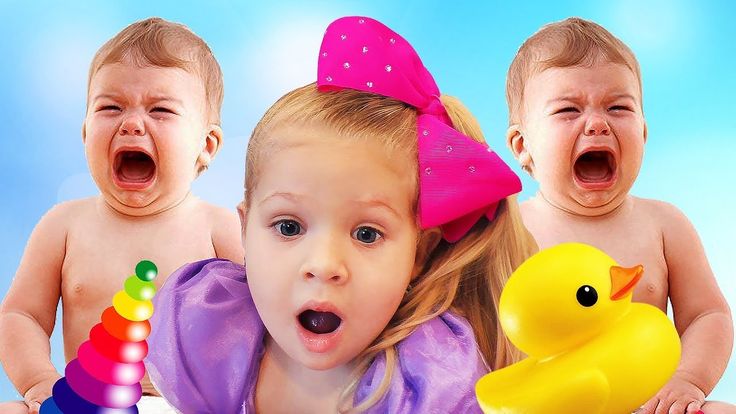 Any materials at hand can be items for sorting: toys, covers, designer parts, cubes, buttons, cereals, pencils, etc. You can organize the game in various ways:
Any materials at hand can be items for sorting: toys, covers, designer parts, cubes, buttons, cereals, pencils, etc. You can organize the game in various ways:
You can come up with as many options for sorting by color, it all depends on your imagination. So that the child does not lose interest in the task, connect the plot of the game with his favorite characters, toys (for example, a cat will eat from a yellow bowl, and a baby elephant from a red one, etc.).
Match a Pair
Help your child learn colors with the Match a Pair series. Ask your child to find a petal for a bug, a pot for a flower, a roof for a house, etc. You can present the baby with a deliberately wrong option and ask to correct the mistakes.
Pick up a patch
Show the child the picture with the missing details. Ask him to fill in the gaps (this can be done with plasticine, pom-poms, caps, cards, etc.).
Color Lotto
At the age of about one year, children begin to be interested in various lottos.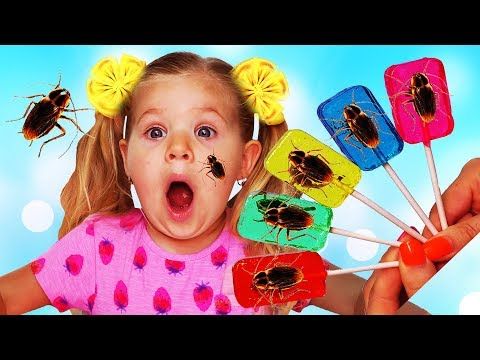 In the color lotto, the task is to collect pictures of the same color on the card.
In the color lotto, the task is to collect pictures of the same color on the card.
Colored Sensory Boxes
Create a sensory box for your baby where everything is the same color. During the game, the child will be able not only to remember the color that he sees, but also to develop fine motor skills, tactile sensitivity, thinking, and imagination.
Color days
This is one of the most interesting and popular ways to teach your child to distinguish colors. Its essence is that during the day (or several days) you draw the child's attention to objects of a certain color. For example, on a yellow day, you can dress in yellow clothes, play with yellow toys, draw a yellow chicken. Surrounded by one color, the baby will easily remember it.
Cards for learning colors
You can learn colors with your child using cards. With the help of Doman's "Colors" cards, you can introduce your baby not only to the main colors, but also to different shades. It is important not to overload the child with unnecessary information about the names of 10 shades of green or red. Learn only those shades whose names you can use in the game and life.
It is important not to overload the child with unnecessary information about the names of 10 shades of green or red. Learn only those shades whose names you can use in the game and life.
Board games for learning colors
Board games are a great way to learn about colors and consolidate knowledge about them. Currently, the stores offer a wide range of similar games for every taste and budget. Choose a game that suits your child.
Educational cartoons
There are many educational cartoons on the Internet that will help your child memorize colors quickly. Here is one of them:
Educational books
If your little one loves to listen to stories and look at pictures, this is the way for you. We all remember the wonderful story of V.G. Suteev "Rooster and paints", by S.Ya. Marshak has a whole “Colorful book”. You can also find many educational books that will become your faithful assistants.
Conclusions
We have listed for you different color learning games. In order for a child to master the concept of color well, it is worth adhering to a number of principles: do not rush the baby, provide a variety of material for games, discuss what you see.
Conclusion
You can start studying colors from an early age, the main thing is that it is interesting for the child. It is impossible to specify clear age limits when a child should learn primary colors. This process, like all development, is individual for each baby. The Sozvezdie Development Center has created a Montessori environment for kids, aimed at the comprehensive development of the child. In the classes "Together with Mom" children in a playful way get acquainted with the concepts of color, shape and size, do thematic creative work. You can learn from our teachers how to interest a child in an activity and how to properly present him with cognitive information. Develop with us!
Prepared by a Montessori teacher
Sokolova Oksana
age norms for the development of intellect and features of learning
All parents are concerned about the age-old question: at what age should a child know colors? How to teach him to distinguish between them? What needs to be done in order for your child to learn to distinguish green from red? This and other useful information is in this article.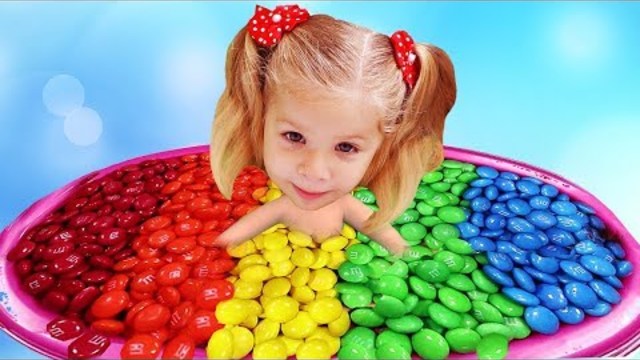
When a child can learn to distinguish one color from another
So, at what age do children know colors? Children can distinguish colors from the first year of life, but the problem is that the names can only be pronounced when they learn to speak. As a rule, children begin to speak only from two years after birth. So, what time should a child know colors? He names the basic colors as early as 2 years old, and some children may confuse them even at the beginning of school age. It's like understanding time by the clock (someone learned earlier, and some later).
When asked at what age a child should know colors, psychologists say that it is best to teach a child to recognize shades at the age of 2 to 5 years. As a rule, full color perception in children is formed before the age of seven.
At what age should a child know colors? Teachers recommend starting to study colors after a year from the moment of birth, although he will begin to pronounce them rather at 2 years old (since, on average, children do not speak until 2 years old).

How parents teach their child to recognize colors
Parents try different ways to teach their child to recognize colors. But they don't always get it. There is no universal advice. Each parent chooses for himself which method will be most effective. You can buy literature that describes colors, or multi-colored cubes, or show colors in everyday life.
Color Teaching Techniques
Make sure your child is ready to take in new information at the moment before starting the exercise. Offer your child a fun color sorting activity. The child will be fascinated by them for several hours, and at this time you will have time to go shopping.
Two or three colors will suffice for effective learning. Once your child is able to distinguish them clearly, you can add 1 new color each week. According to the scenario, the child must put the details of the same color in a separate container. You should try to have only green in one box and only red in the other, etc.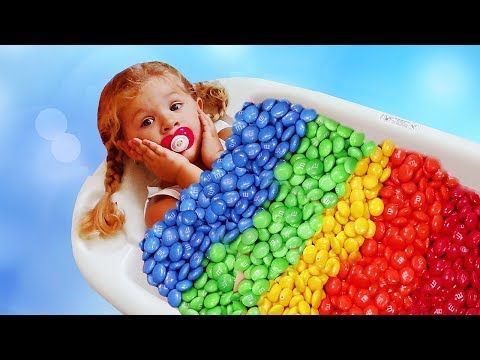
Establish a rule that items can be taken for sorting with tweezers or a spoon. If the child has successfully coped with the sorting of flowers, then you can already start learning.
Three-step lesson
In front of the child, parents lay out three identical objects, but in different colors. Here the child must determine what color each object has. To do this, the child is asked the question:
- They offer to name the shade on a particular object.
- Ask the adult to name each color in turn.
- Ask to name the tone of each item.
If a child makes a mistake, don't panic. At the same time, the baby cannot be corrected, but you just need to return to the previous stage and so on until the correct answer.
List of games for learning colors
There are 7 main types of games aimed at learning colors:
- bright boxes;
- pyramid;
- constructor;
- cards;
- mosaic;
- miracle butterflies;
- magic rainbow.

Identifying colors using toys
By purchasing colorful toys for your child, parents can be sure that they will remember colors faster, as opposed to memorization. It is desirable that each tone be signed. Mosaic, pyramid and constructor are excellent helpers in this matter. Other types of entertaining toys will also help make friends with the color palette. Among them may be:
- colorful buttons;
- pencils;
- coloring pages;
- pool balls;
- dry pool balls;
- plastic fruits and vegetables;
- cubes;
- markers.
Visual aids and picture books can also help you learn colors. They can be found on the Internet, or in children's stores.
Recommendations
When the child recognizes the colors and shapes, he needs to reinforce the material. Items must be the same in shape and volume. They should differ only in color. If the thing has other differences, then this will frighten the baby in the early stages. Form sentences correctly when talking to your child about color.
Form sentences correctly when talking to your child about color.
It is not necessary to tell the baby that it is a yellow balloon or a blue butterfly, because he can perceive it as separate objects. It is necessary to express your thoughts correctly, because children at the beginning of their journey take everything literally. For example: here is a ball, and it is yellow. Then the child will understand that yellow is a separate distinguishing feature of a particular object, and the “yellow ball” is a separate object.
In addition, it is necessary to draw parallels with other subjects. For example, here is a yellow ball, but the chicken is yellow too. So he will quickly learn to distinguish the richness of the color palette. Also, many parents are concerned about when a child should know colors and shapes.
It is necessary to move on to acquaintance with other objects and colors gradually, because if you teach everything at once, the child will begin to get confused and will not understand where and what color.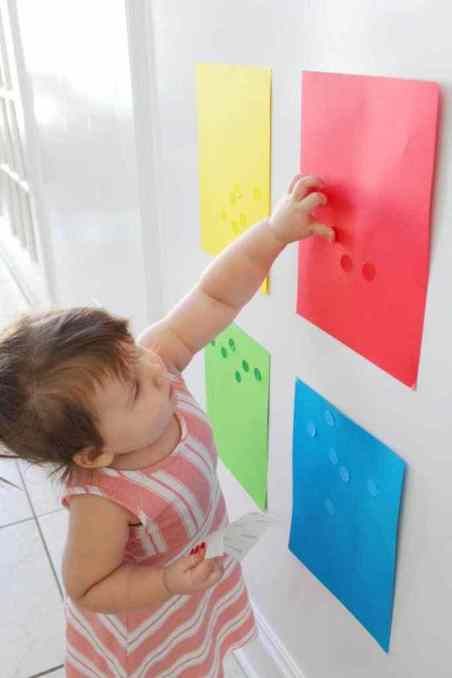 To make it easier to perceive new material, invite children to work with one color on a particular day. This can be done using the example of a rainbow. On Monday we work on the example of red, on Tuesday we study green, etc. The example of the rainbow is the most suitable, since the rainbow has 7 different colors, and there are also 7 days in the week.
To make it easier to perceive new material, invite children to work with one color on a particular day. This can be done using the example of a rainbow. On Monday we work on the example of red, on Tuesday we study green, etc. The example of the rainbow is the most suitable, since the rainbow has 7 different colors, and there are also 7 days in the week.
Everything is simple and convenient. But such exercises should be carried out only after the children learn to distinguish at least 2 colors. And if you decide that you will work on the rainbow, then for the first acquaintance with the colors, try to pick up those tones that are not in the rainbow. This is so that the child sees that these are new shades for him, and he already knows the other 2-3 colors.
Also choose dishes and utensils for eating in the same tone. But if this is not possible, then try to choose similar colors, or those that your child already knows. The same goes for books. Then teach in the calendar to make marks in a specific color.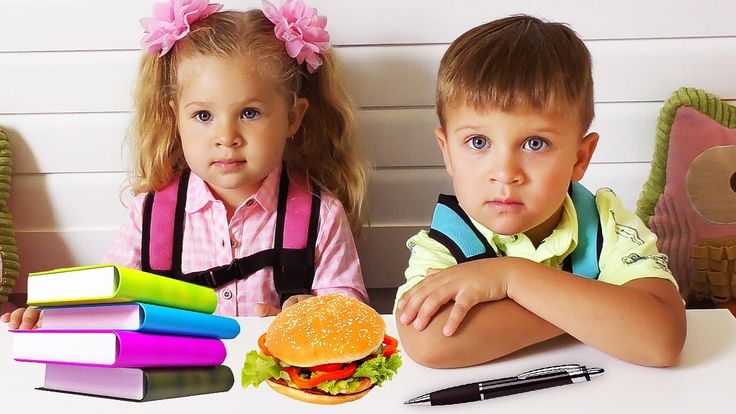 This will help you quickly orient yourself and make a study plan for a few days in advance.
This will help you quickly orient yourself and make a study plan for a few days in advance.
Special games
There are a huge number of games for the perception and discrimination of colors. All of them cannot be counted. As already mentioned, the most popular are games aimed at sorting different objects of the same shade. You can also show the child any object of the same tone and ask him to find it in the box. Also other methods:
- unfolding buttons;
- lids from homemade food boxes;
- colorful toys;
- also use your imagination to feed your toys with named sweets from objects (for example, from caps).
Blocks are also used to build towers. The tower must be of the same color. In addition, you can play the postman with your child, where he will deliver letters. Letters will be multi-colored squares made of cardboard. Each letter refers to the street with a separate color. It's like "Street of Broken Lanterns", only a children's version and without crime.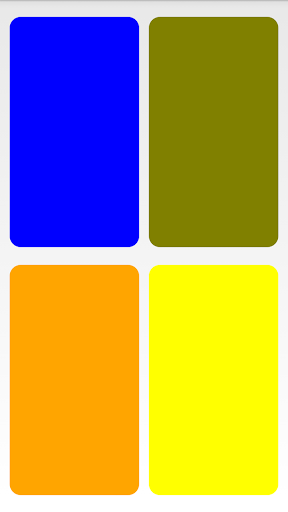
There is another option to play as a public transport driver (most often a bus, because it is easier for children to remember it). Each passenger is given a ticket of a different color. What color of the ticket, on the street of that shade, the client needs to be dropped off.
The toys can also go to a restaurant and order different dishes of the same color there. If the parents turn on the fantasy, then you can come up with anything else, there would be a desire.
You can also carve flowers, birds, plants and animals. You can also make other crafts from cardboard.
Another important aspect in learning colors can be creativity. It, like nothing else, develops the ability to memorize colors.
The easiest way to be creative is to draw. To begin with, parents buy their children a sketchbook and a set of pencils. In the process, give the children small tasks. For example, draw a tower, a house or a cup. You can draw whatever comes to mind. Then look at the results of the experiment. So you will see what colors the baby prefers, and also notice how correctly he depicts the world around him.
So you will see what colors the baby prefers, and also notice how correctly he depicts the world around him.
You also need to teach the child how to use paints, and show how you can get 1 new color from two colors. Your child will spend several hours a day on this entertaining activity.
At what age should a child know colors
Every parent should understand that a child can already begin to distinguish colors from the moment he just started talking. Therefore, you should not hesitate, but immediately, as your child was taught to speak, you need to start studying shades with him. This is an important aspect that parents should pay attention to even at preschool age. After all, if it is too late to teach a child to distinguish colors, then he can confuse them for a very long time and even get lost in space.
2 years. At this age, colors and shapes are familiar to him. If your baby remembers more slowly than his peers, you should not get depressed, because everything has its time. The most important thing is that he distinguishes the shapes of the main figures, then it will be easier with colors. He must first learn to distinguish between diamonds, squares, triangles and circles. So, what colors should you know at two years old? Children should be able to distinguish and recognize the following colors:
The most important thing is that he distinguishes the shapes of the main figures, then it will be easier with colors. He must first learn to distinguish between diamonds, squares, triangles and circles. So, what colors should you know at two years old? Children should be able to distinguish and recognize the following colors:
- red;
- yellow;
- green;
- white;
- blue.
If everything goes well, you can show pink, orange and purple.
Preschool
At what age should a child learn colors? As a rule, preschool age falls on the period from 5 to 7 years. Someone goes to school already at 5, and someone only at 7. But even at the age of 5, a preschooler is able to distinguish 2-3 shades of colors he knows. For example, dark green or light green.
At the age of 6, a preschooler progresses even more and easily distinguishes shades, and maybe also objects. For example, dark red cherry and light blue t-shirt.
The list of flower names that a preschooler should know is as follows:
- lettuce;
- raspberry;
- turquoise;
- lemon;
- lilac.
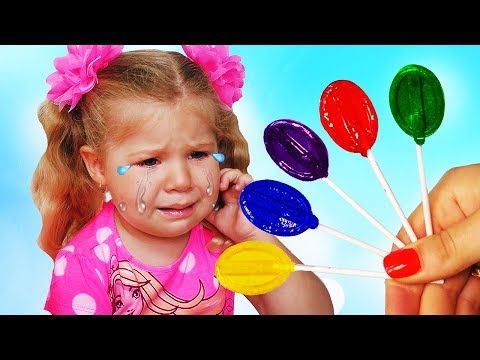
At the age of 6, a preschooler already knows cold and warm colors, as well as their shades.
Many parents are concerned about the important question of what colors children should know at 7 years old. The answer is obvious: they must know and distinguish all the colors of the rainbow, as well as other primary colors and their shades. In addition, they need to be taught to distinguish between cold and warm colors (as indicated in the previous paragraph). They should also be able to obtain new tones by mixing paints. For example, after mixing green and red, you should get blue.
Output
This article describes the age at which a child should know colors. The sooner the baby is taught to distinguish between them, the faster he adapts to society. From the moment the child begins to speak, he must be immediately accustomed to the study of basic tones. As a rule, you need to learn from the age of two.
The article describes all kinds of games with colors, as well as how to quickly learn to distinguish them from each other in different ways: from sorting to making sentences and highlighting shades.

